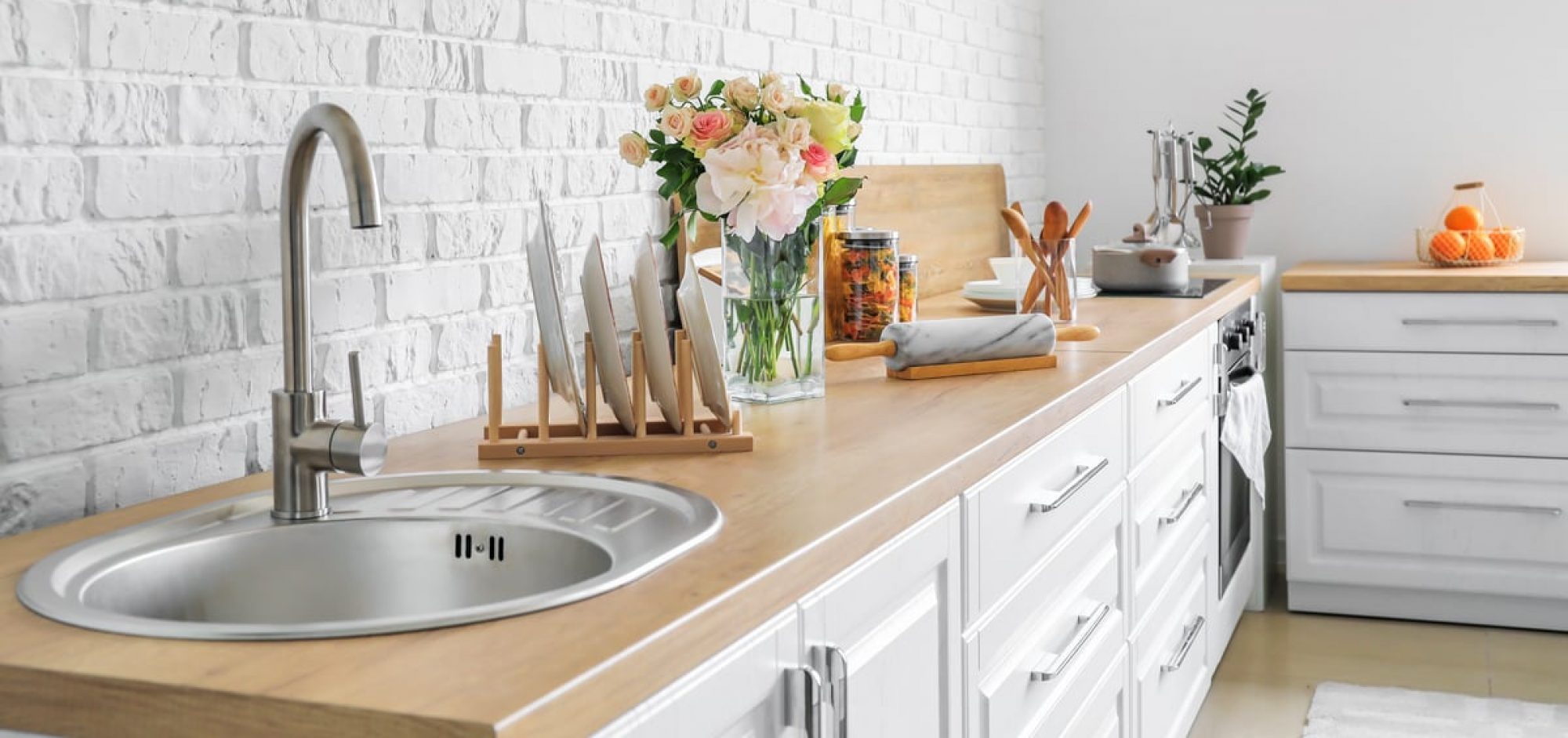Whether we’re home or at work, most of us spend 90% of our time indoors. This is why it’s important to create healthy environments and to make smart choices about the materials in our homes and businesses. This includes carpets. When properly cared for, carpet can improve our indoor air quality and provide health benefits.
Carpets act as an air filter by trapping dust, dirt and allergens in its fibers. This helps to reduce respiratory problems and may even help alleviate some allergies.
Additionally, carpet’s elasticity provides cushioning for footsteps, helping to prevent falls. This is an important safety benefit for children at schools and older adults in hospitals and other healthcare facilities.
In contrast, hard surfaces such as tile and wood can be slippery and can lead to falls or injuries. Carpets and rugs also increase thermal resistance, keeping spaces warmer, so people stay more comfortable and can conserve energy.
New carpets emit fewer volatile organic compounds (VOCs) than other flooring options. The VOCs that do release from new carpet are short-lived and largely dissipate with regular fresh air ventilation. Carpet is also the only floor covering that can reduce sound transmission between rooms, which is important in schools and other large buildings.
When choosing new carpet, look for Healthy Carpets tiles that attach using tacks rather than adhesives. This allows for easy replacement of damaged tiles and limits exposure to hazardous chemicals. Also, choose wool carpeting made from responsibly sourced raw materials and dyed with safe methods. Look for carpets that meet the CRI’s Green Label Plus standard, which further reduces the presence of chemical additives.
The best non-toxic carpets are those that don’t use any phthalates or formaldehyde in their production or finishing processes, and are made with sustainable, non-toxic wool. Look for natural latex backings as well, which avoid the use of harmful synthetic rubbers such as styrene and butadiene, which are respiratory irritants at low levels of exposure. Also, look for non-toxic paddings that don’t contain polyurethane or scrap foam treated with flame retardants such as PFAS (perfluoroalkyl substances).
For existing carpet, regularly vacuuming and steam cleaning can extend its lifespan and keep it looking great while reducing the need for additional cleaning chemicals. Avoid scrubbing or bleaching, which can damage the fibers and leave behind residue.
Dirty carpets harbor a multitude of microorganisms such as dust mites, pet dander and bacteria that trigger allergies, asthma and other health conditions. Keeping your carpets clean will reduce these allergens, as will avoiding excessive moisture and preventing the growth of mold and mildew, which can also trigger health symptoms such as skin irritation and breathing difficulties. Regular cleaning can also help to keep viruses such as influenza A and B from spreading through your household. This is especially important if your family members have respiratory problems.

